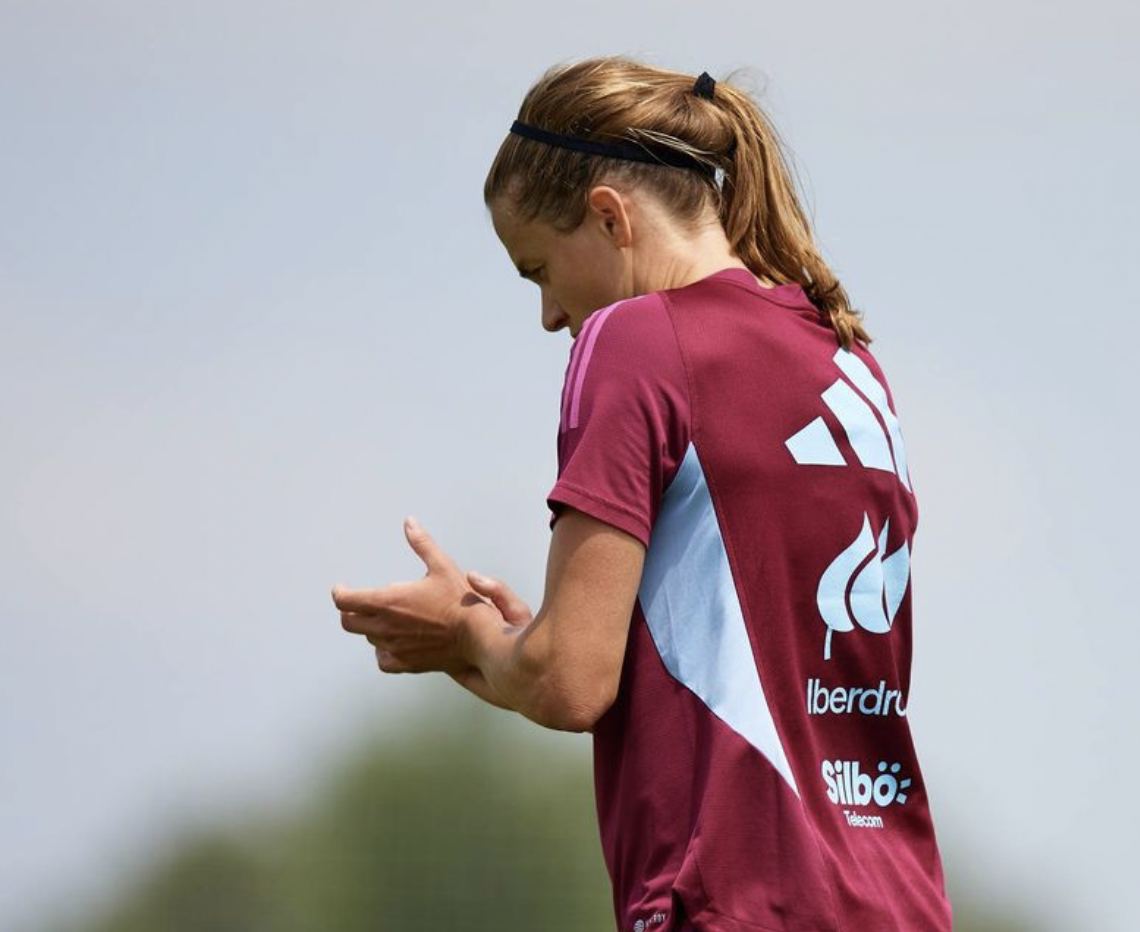
Spain Captain Irene Paredes focuses while training with the national team days before the Olympics kick off / @SEFutbolfem
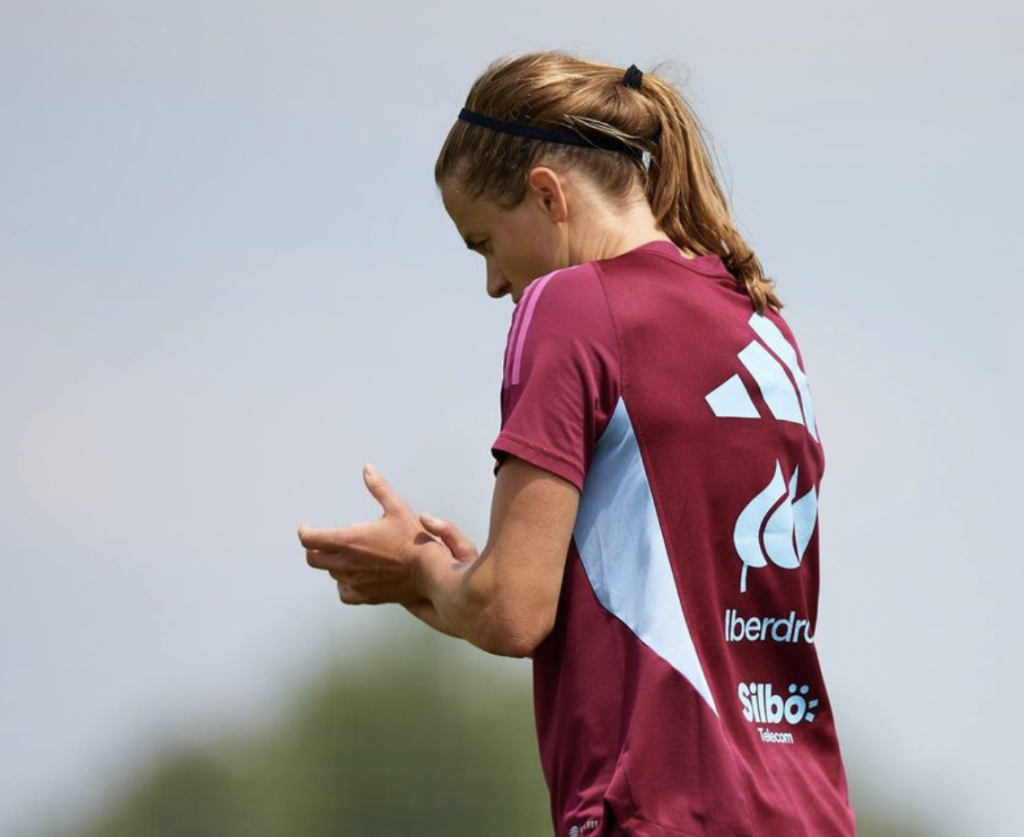
Four days to go. The countdown is on. Similar to the FIFA World Cup or UEFA European championships, professional footballers from various national teams and passport identities are presented an opportunity every four years to seal their fate into medallic glory once more, a tournament older than both the FIFA World Cup and UEFA European Championships anciently known as the Olympics.
Fortunately, in the era that we are living in now, including the year 2024, women’s football has been an official Olympic event for twenty-eight years. Introduced in 1996 while being hosted in Atlanta, USA, women’s football certainly does not eclipse the 3,000 year history of the ancient Olympic Games, but is now more important than ever for visibility, opportunity, and progress. After record numbers of spectator turnout for women’s domestic league matches in Spain, England, America and Mexico within the past two years or so, the Olympics are a candid opportunity to catapult women’s football to an even higher regard with yet another international audience and the world watching. Opening ceremonies from Paris will commence on Friday, July 26th with all sorts of sports and athletic events from the classic marathon to newly introduced breakdancing included. In total, over 10,000 athletes from 306 countries seek to leave as legends. This includes 12 women’s national teams split into three groups all vying for one color; gold.
Group A: France, Colombia, New Zealand, Canada— Because France are hosting the tournament, no process of elimination qualifying was required unlike the eleven other teams, as head coach Hervé Renard certainly wants to depart with a bang after announcing that he will be stepping down from his international duties after the Olympics. Canada are on the front foot as title holder gold medalists from Tokyo 2020, an accomplishment still remembered fondly by Canadians for defeating both sly Sweden and assertive Americans in their path. Colombia being the only South American team boast young talent such as Linda Caicedo, a teenage sensation playing club football for Real Madrid and Mayra Ramirez, a 25-year-old with speedy sprints and sharp-shooting precision making history earlier this year by signing with Women’s Super League side Chelsea FC for a record-breaking €450,000 contract. New Zealand are fresh off of their World Cup campaign from 2023 while co-hosting with Australia and are steadily building traction internationally.
Group B: USA, Zambia, Germany, Australia— No introduction needed for the red, white and blue, who have dominated the game of women’s football for decades. Only with the recent proper funding, development, training, and resources from individual federations have non-North American countries started to catch up to the USA. Spain winning the World Cup in 2023 and UEFA Nations League in 2024 surely sends a global message that different lands can indeed compete and defeat others while maintaining football dominance. Emma Hayes, former Chelsea Women figurehead and head coach for over 10 years there has the opportunity to shine in her international managing career with a mixed roster of experience and energy. Although it won’t be easy, as Germany and the USA have had a solid rivalry going back over the years while Germany has two Women’s World Cups and the USA has four. German defender Lena Oberdorf devastatingly ruptured her ACL just last week, an important piece of the puzzle now gone (we wish her a speedy recovery). In her absence, Germany will still fight with purpose and power, as most of her teammates reside domestically in the Frauen Bundesliga, a top tier and elite European league which means their chemistry and connection on the field is more than likely to be above average. Australia spread Matildas fever during last year’s World Cup, wherein a fourth place finish on home soil granted a legendary and proud status in the land down under. Australian women’s footballers are regularly mentioned on TV, painted on mural walls and even have books written about their accomplishments. Positivity and prowess are how to bring sunshine and then rain on their opponents’ chances. On the other hand, Zambia are rolling the dice and showing the world what they are made of with a debut in the Olympics for women’s football, and aspire to carry Africa to glory. Their path certainly was not easy and should be respected for hardships and issues with the Zambian federation and others involved internally. Zambia’s underdog positioning leaves an advantage to sweep Group B by storm.
Group C: Spain, Japan, Nigeria, Brazil– The group you have all been waiting for. Victors galore. FIFA world ranked #1 Spain, Women’s World Cup champions in 2011 Japan, Super Falcons and super nice jerseys (produced by Nike) Nigeria, and “o jogo bonito” Brazil. Perhaps the group of death, or at least one to watch since competitive clashing culminates in Group C. Since this publication is FC Barcelona focused, don’t forget to mention FC Barcelona players, of which there are nine. Alexia Putellas, Aitana Bonmatí, Cata Coll, Salma Paralluelo, Vicky López, Irene Paredes, Ona Battle, Patri Guijarro, and Mariona Caldentey. Important to note here that although Mariona Caldentey formally departed FC Barcelona and will begin her 2024/25 season with Arsenal, she is an honorary FC Barcelona member on this list. Patri Guijarro makes her return to the Spanish national team for the first time in almost 2 years, last time having laced up boots for country in 2022. Due to Spain’s legal battle against former head coach Jorge Vilda and ex-president of the Spanish federation Luis Rubiales, many things have changed, including the impact and action of the brave 15 who rejected playing for country until working conditions and player treatment improved. Progress has only scratched the surface and still much is to be done but new head coach Monste Tomé recently renewed her tenure with “La Roja”, and, despite Spain’s rollercoaster of events, this will be their first Olympic appearance for women’s football as well. Alexia, Aitana, Irene, Mariona, Cata, Salma, Ona, and Patri will most likely be accumulating game-time minutes while Vicky López joins as a reserve. Not surprisingly, Japan’s unique and very well structured style of play granted them the only team to beat Spain in the 2023 Women’s World Cup group stages. When Japan do face Spain again, they will be more than prepared to win again. Nigeria are on fire when former FC Barcelona forward Asisat Oshoala accelerates the gas, and goalkeeper Chiamaka Nnadozie received an award for best goalkeeper during the 2023/24 season in France’s Ligue 1. Last, but certainly not least, comes Brazil. Often regarded as the footballing nation, with both men and women, girls and boys renowned for their dribbling abilities and bright yellow tops, pioneer of the women’s game Marta at the tender age of 38 lusts to lay down her legacy for Brazil and all of women’s football.
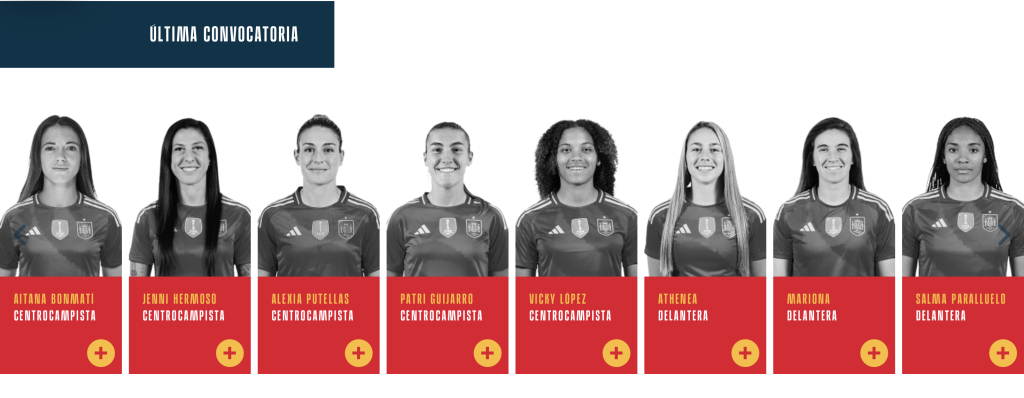
At the same time, men’s football at the Olympics will be kicking off as well with different rules. Most men’s participants need to be under the age of 23 with a limit of about three senior players per team to keep competition well balanced and not over dominated by thrashing scores of 13-0 against other countries. The first women’s match is set to take place on July 25th with Canada vs New Zealand followed by Spain vs Japan on the same day. With updates to be provided, the world and we here at Blaugranagram will be watching women’s football grow through the joy of twenty-four players on a pitch coming together for a common goal; to score a goal.
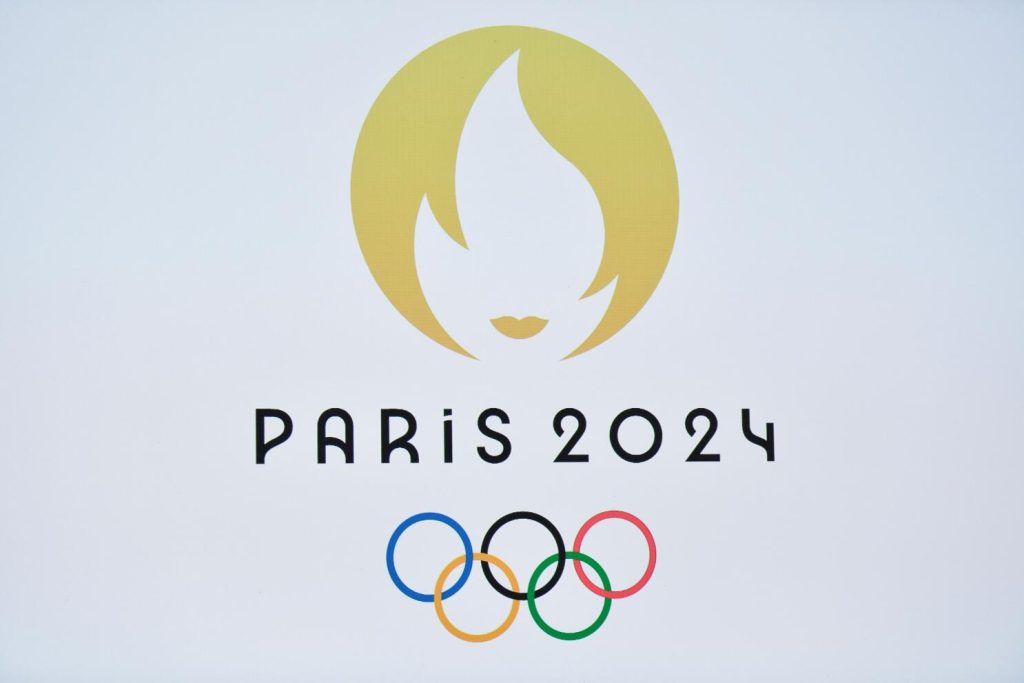

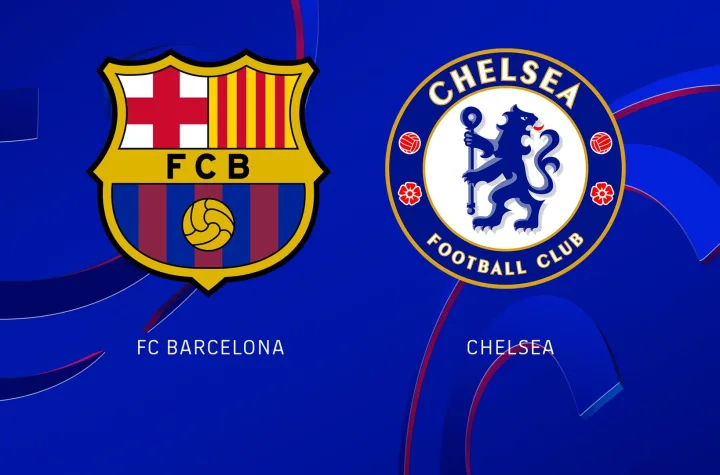
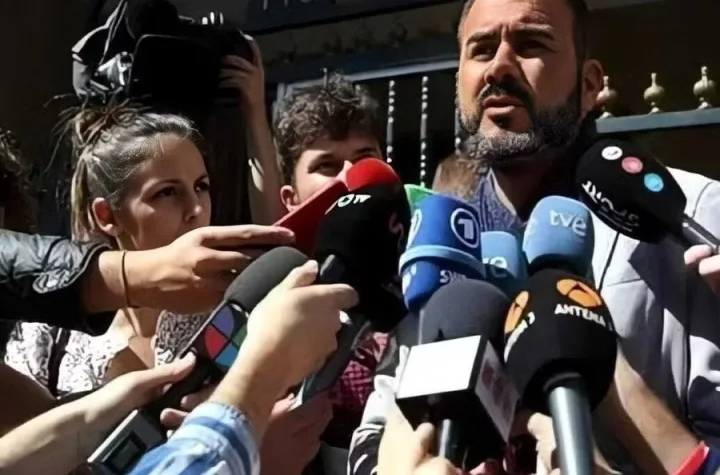
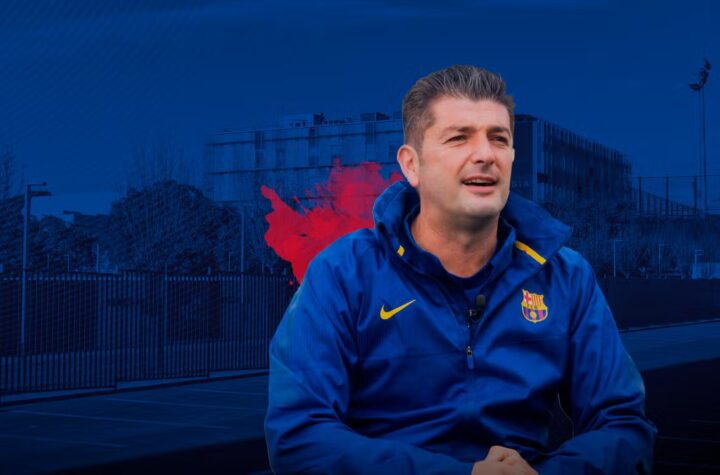
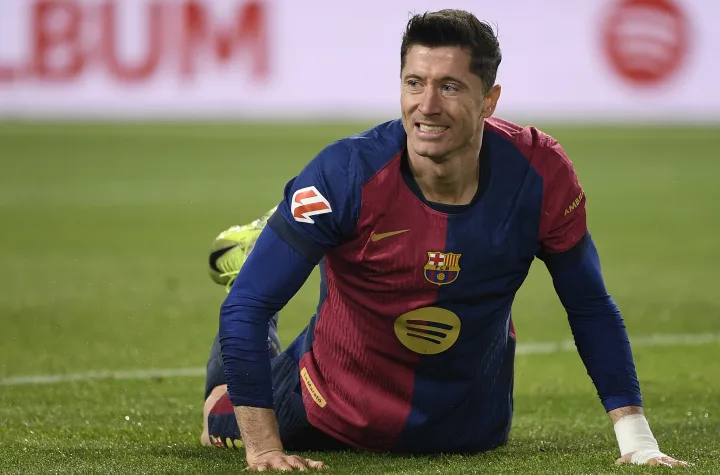
More articles
Clash of Titans: FC Barcelona Femení faces Chelsea FCW again in the Champions League.
Miguel Galán: “Tebas actions with Barça have bad faith bordering on an alleged crime of administrative prevarication”
Franc Artiga: “They’re hiring me because I’ve been at Barça for many years”